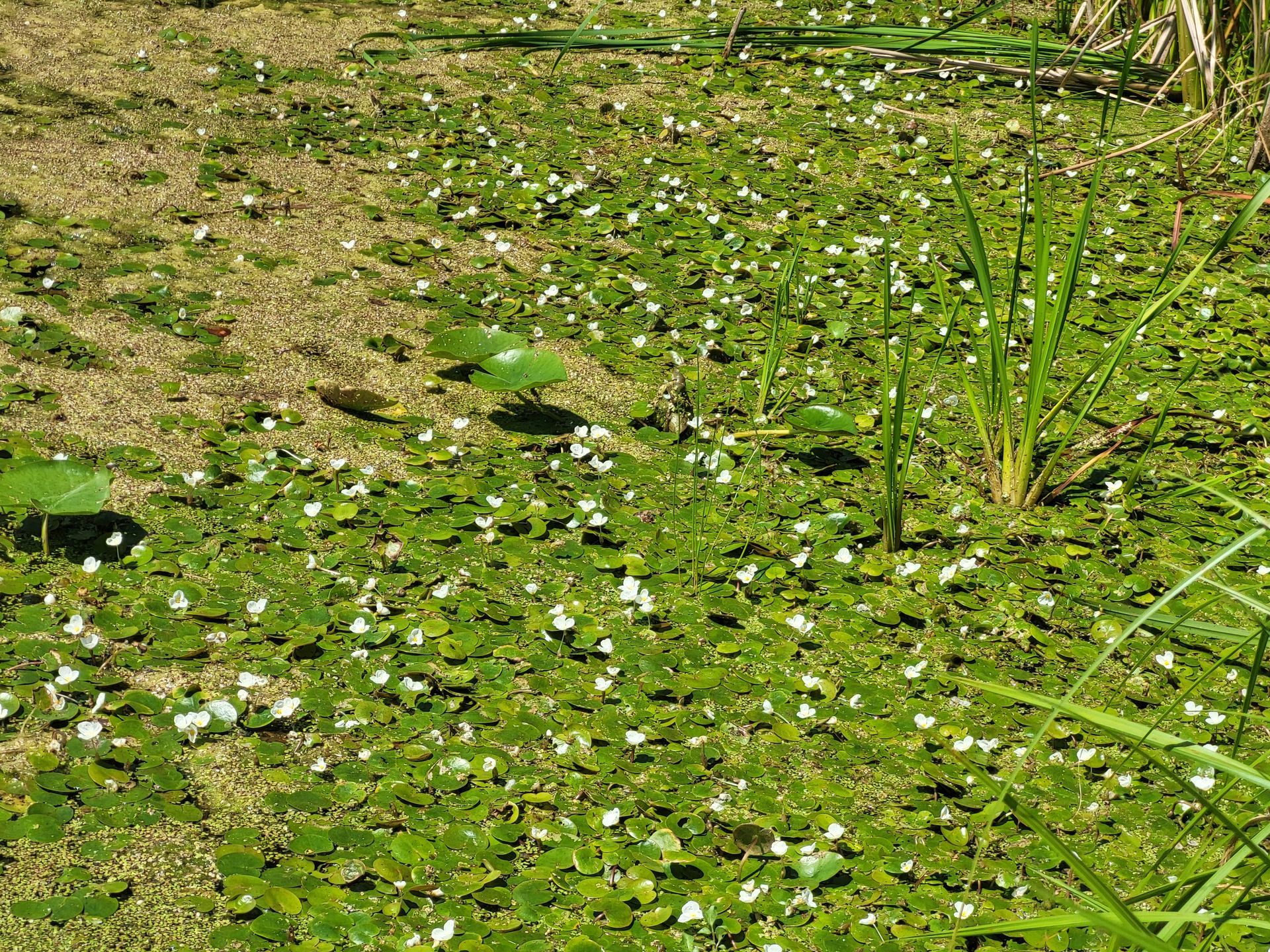Resources for Understanding Invasive Gypsy Moths
Gypsy moth caterpillars are an invasive species that negatively impact the health of many species of trees.
In the past week, an abundance of information has been published by many sources about the gypsy moth. Such information includes its introduction and range, its impact on trees such as oak and aspen, and what can be done to control and manage them. The purpose of this article is to guide interested members of the public in the right direction when it comes to finding worthwhile information on this topic.
An excellent source for information on the gypsy moth is Michigan State University’s Integrated Pest Management Program .
“The MSU IPM program promotes the use of integrated pest management (IPM) and related plant health practices to safeguard farm and environmental health through research-based education, outreach, and demonstration and applied research.”
The IPM program resources include fascinating articles about the life cycle of gypsy moths , how to estimate the following year’s population based on egg masses , and most importantly to many readers, how to deal with gypsy moths around your home and on your property .
Along with those resources, the Michigan Department of Natural Resources (MDNR) and Michigan Department of Agriculture and Rural Development (MDARD) issued a press release on June 21, stating that the “gypsy moth feeding season [is] nearing its end.”
Here is an excerpt from the press release regarding what can be done about the damage gypsy moth caterpillars have caused.
“The window for effective pesticide application has passed, but if caterpillars remain a nuisance on your property, there are a few inexpensive but effective things you can do to protect individual trees.
- Make a tree trunk trap: Cut a band of burlap 18 inches wide and long enough to go around the tree trunk and overlap a bit. Tie a string around the center of the band to make a two-layered skirt around the trunk. When caterpillars climb trees daily to feed, they will get caught in the band. Scrape them into a bucket of soapy water to kill them.
- Use a safe and easy spray: Soap and water mixed in a garden sprayer can be applied to caterpillars climbing on trunks, decks or siding.
- Gear up: It’s best to wear gloves when coming into contact with caterpillars, as their hairs can cause a slight allergic reaction in some people.
- For additional helpful tips, visit Michigan State University’s Integrated Pest Management gypsy moth webpage at CANR.MSU.edu .”
For additional information about gypsy moths, please visit Michigan.gov/Invasives.
The post Resources for Understanding Invasive Gypsy Moths appeared first on Michigan United Conservation Clubs.
Recent Posts



